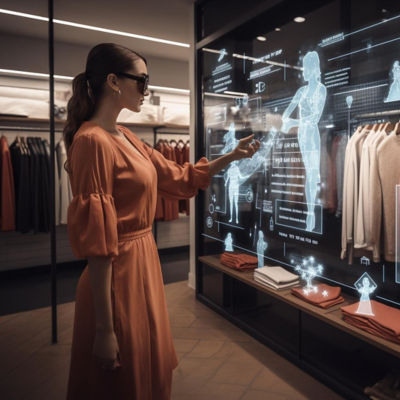When searching for leading examples of one-to-one marketing, experience personalization, and customer engagement channels, few would start with B2B companies. In many key areas, B2B organizations have lagged more than other business models and industries with digital transformation maturity. However, recent research suggests that the 2020 pandemic served as an unlikely catalyst propelling B2B digital marketing over the past 2 years, with key trends shifting among ecommerce and omnichannel marketing, hybrid sales, and virtual events.
Ecommerce Adoption Soars as Omnichannel Becomes a Strategic Imperative
Once considered a moot channel for B2B, digital marketplaces and online commerce features have quietly risen to prominence over the past decade. Statista’s 2021 report estimated the global B2B ecommerce market value at $15 trillion in 2020, which is over five times that of B2C. Other firms like McKinsey have reflected on the misconception that most B2B companies sparsely offer ecommerce capabilities. Their 2021 Global B2B Pulse Report found nearly two-thirds of B2Bs offer ecommerce, which was up 53% in early 2021. The global survey respondents also stated ecommerce was the best route to market with 41% of leaders reporting it as their most effective sales route, outpacing in-person, email, phone, videoconferencing, and online chat.
While traditional marketing models for B2B may have focused efforts on customer meetings, outbound sales, and email nurturing tactics to draw in leads and business opportunities, modern approaches have gone fully omnichannel. The same McKinsey B2B report found two-thirds of buyers prefer remote human interactions, and B2B decision makers reported use of ten channels to interact with suppliers during the decision journey. This is up from 7.5 in 2019, with mobile apps, video conferencing, and web chat as examples of channels buyers are taking onto for research. Decision makers say that omnichannel is as effective or more effective than traditional methods, and suppliers feel just as confident using their newly adopted selling model prospecting as they do engaging with existing customers.
Virtual and Hybrid Conferences and Salespeople
If you’re anything like me, the notion of a Zoom meeting can be a chilling reminder of a time when video and messaging apps were the only source of engaging with the outside world as sales teams hurdled late night email blasts from home and digital engagement surged due to a fully remote workforce. With the shift to hybrid and virtual events spurred by the pandemic, the emerging use of webinars and interactive conferencing applications became the standard. According to a 2022 survey by Kaltura, among nearly 1,300 event marketers and attendees, 92% of organizers have shifted to virtual events in 2021, with 94% planning for virtual events in 2022. Almost half are planning to increase the number of virtual events they host next year.
Not to conflate with the rise of digitally-enabled sales reps of the past 20 years who use dedicated smartphone apps and e-detailing tools to extend their effectiveness with in-person sales visits, the hybrid sales rep exhibits a true blend of remote and in-person client engagement. According to the 2021 McKinsey B2B pulse survey, hybrid reps were considered to become the most common sales role, with 85% of respondents expecting the trend to shift within the next 3 years. Virtual and hybrid sales roles driven by the switch during COVID-19 offered a trial for organizations to explore the effectiveness of remote salespeople, many who traditionally performed the majority of their sales and customer meetings in person.
Emerging as a response to the massive digital transformation wave of the past two years, these trends are now proving to be of chief support within marketing plans and strategies for business growth and suggest continued momentum within the evolving B2B landscape. While B2B practices advance to meet growing customer expectations, several key blockers still complicate marketing’s ability to glean insights and deliver real-time personalized experiences. Complexities with the buying journey are exacerbated by a myriad of data sources and applications that affect marketing’s ability for making centralized decisions on customer data.
The path to proving ROI and measuring the value of marketing is another notable hurdle that stifles B2Bs investment in new innovative channels and tactics like social media or dynamic personalization. However, as B2B marketers become more sophisticated with customer-level marketing and re-engagement strategies, the gap between B2B and other business models or sectors will continue to become narrower.








